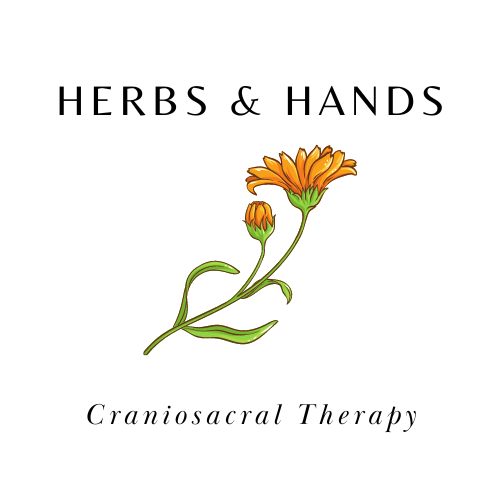Craniosacral Therapy: What to Expect During Treatment
So, you are thinking about scheduling a craniosacral therapy visit. You know what it is, what it can do, and a bit about how it works. Now it’s time to describe what happens during a typical first session.
Preparing for Treatment:
When you arrive at your first visit, your therapist may have some paperwork for you to complete. Having this done beforehand is an excellent idea if it's an option! Not only does this save time for treatment, but it also lets you answer the questions at home, where you can find any information you haven’t already memorized.
Your therapist will then ask about your health and what brings you in. The time needed for this portion of the visit will vary depending on the therapist and their license. I am a naturopathic physician, so I dedicate at least the first 30 minutes of our initial visit to gathering information, measuring vital signs, and setting our initial goals. We usually keep this portion of the visit relatively short for follow-up visits.
This is an excellent time to make your therapist aware of your specific needs. The more you and your therapist are on the same page and work together to ensure your comfort, the better.
When it is time to move on to treatment, your therapist will instruct you to lie on the table and ensure your comfort. Typically, this is lying on your back with support under your knees and blankets over you. If your treatment is focused on craniosacral therapy, you can keep your clothing on. Shoes, belts, jewelry, glasses, hats, bulky sweaters, and watches are generally removed. Skirts, jeans, hooded sweaters, and overly loose clothing can make treatment tricky.
You may be asked to roll onto one side or the other during treatment. Additionally, if a limb is the focus of treatment, your therapist will need access and the ability to move it through space. If you wear removable braces, you may also be asked to remove them.
If you are working with a therapist who also provides massage, you may be asked to remove your clothing like a typical massage.
The lighting may be dimmed, and soothing music may be played to help you relax.
Assessment:
During your treatment, you will remain on the table, and the therapist will move around to different locations of your body. Some people begin each session by touching the head, some the feet, and others start where they feel most drawn.
Most sessions will begin with evaluating your craniosacral rhythm from your head to your feet. This creates the map we use to decide how to start treatment. We use this information again at the end of your session to check for changes. The evaluation involves several different holds: the feet, thighs, hips, lower ribs, shoulders, and head.
We also feel for areas where your body is tight, creating a pull through your skin and muscles. Lastly, we can look for places that disturb the craniosacral rhythm and seem to have a pattern affecting everything around them.
During the first treatment, you may receive a general release through the whole body, focusing on the pelvis, spine, and head. In Upledger Craniosacral therapy, this is known as the 10-step protocol.
Other times, the evaluation will show something more specific that needs to be focused on. This may be focused entirely on the jaw and surrounding structures, an arm, a leg, ribs, or something else. My job isn’t to decide what to do ahead of time; it’s to interpret what is happening in your body and then work with what seems most likely to result in relief.
Treatment:
Treatment can begin now that we have a better idea of how to proceed.
Many people fall asleep during treatment or drift in and out of sleep. Others may be relaxed but awake and aware; if this is you, your job is to be mindful of what is happening in your body and mind. If anything seems particularly important, you can communicate this with your therapist, and they may lead you through the release of emotion or memory tied to your physical symptoms.
If anything is painful or uncomfortable, please be sure to let your therapist know this right away.
Mainly, you will experience different areas of your body being held and supported, gentle stretches and compressions into and out of joints, including those in your head. Some people feel these movements, and others do not. I have found that over time and with regular treatment, most people begin to feel more of these movements and develop more body awareness in their day-to-day lives.
Intra-oral (inside the mouth) work may be needed in future treatments. This can be especially helpful for people with jaw pain, those who have received dental/facial surgeries or orthodontia, and those who have injured their face.
After Treatment:
Once the time on the table is finished, your therapist will give you instructions on what to do next and when to come back.
I like to give people a handout of things to expect and recommendations for something to do between visits. I will also leave 5 minutes for questions and discussion at the end of each visit. Because I am a naturopathic doctor, my end-of-visit instructions often include the use of a still point inducer, supportive exercise recommendations, herbal medicine, nutritional changes, or more medically focused interventions.
Your therapist’s license will determine their scope of practice and what additional tools and recommendations they can share with you.
Do you have any questions about what to expect during your first craniosacral therapy visit that I haven’t covered? Perhaps I have answers for them too.
To our Health!
Danielle
